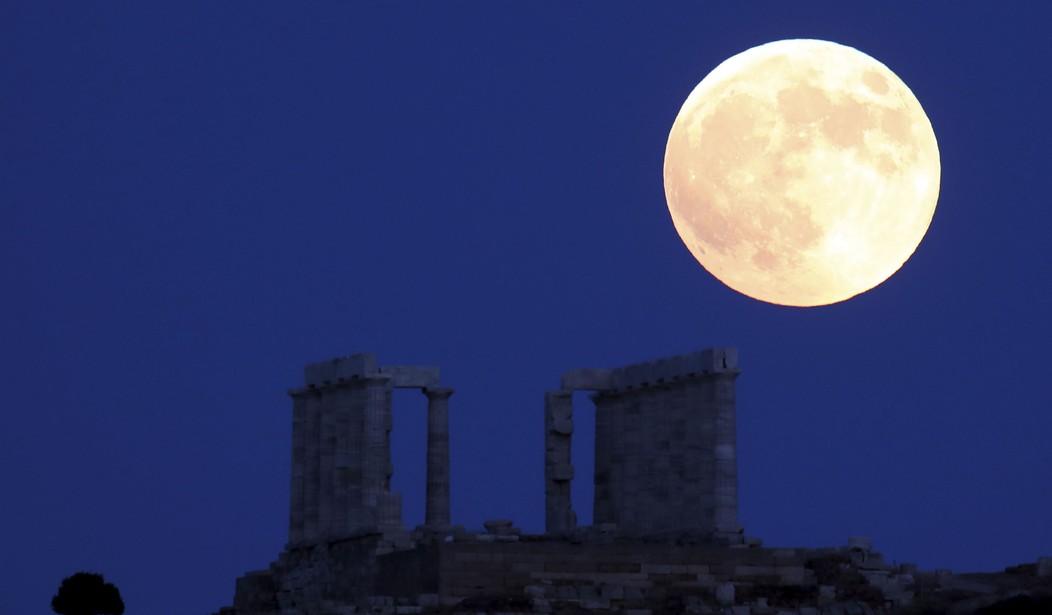“The stack’s been burned away
But I’m so inebriated that I cannot see
Three feet in front of me
Between the moon and you, lunacy is setting in”
-Alkaline Trio, My Little Needle
Folklore has long held that the full moon has a way of inducing insanity — hence the whole werewolf mythology, as well as the word “lunacy” itself, etymologically “originally in reference to intermittent periods of insanity, such as were believed to be triggered by the moon’s cycle.”
Until now, there has been a dearth of scientific inquiry into this legendary phenomenon. Researchers at the University of Indiana recently tackled the issue, with intriguing results.
Via the University of Indiana:
“We wanted to analyze the hypothesis that suicides are increased during the period around full moons and determine if high-risk patients should be followed more closely during those times,” said Alexander Niculescu, MD, PhD.
To investigate the possible connection between full moons and suicides, the research group collected data on deaths ruled as suicides from the Marion County Coroner’s Office in Indiana during a four-year period from 2012 to 2016.
The results of their study, published via Discover Mental Health, indicate that “in all, there were 210 completed suicides over a period of 626 days within the week of the full moon and 566 suicides over a period of 2006 days outside the week of the full moon… Suicides [sic] deaths were increased during the week of the full moon (p = 0. 037), in particular in over 55 years old (p = 0.019). ”
Of course, this is a somewhat limited study, both geographically and in terms of the number of deaths they analyzed. Further studies in different regions with more cases will either support or challenge the conclusions here.
At the moment, though, these results appear to demonstrate a not insignificant, if modest, increase in suicidality associated with the lunar cycle.
In the “Discussion” portion of the study, in which researchers usually offer potential explanations for their findings, the Indiana researchers speculated thusly:
An increase in suicides during the full moon could be due to the moonlight affecting vulnerable individuals at a time when there should be dark. Consistent with that, circadian clock genes are enriched for predicting this temporal interval.
To explain the age differential in suicides during full moons (subjects over 55 years old were statistically more affected), they floated the following hypothesis:
For this data, primarily from prior to 2016, the nighttime exposure to light is arguably lower in those over 55 years old, as they were using less cell phones and going to sleep earlier than those under 30 years old. As such, the abnormal light from a full moon may be perceived by them more strongly, whereas it would be drowned by other sources of ambient light in the younger individuals.










Join the conversation as a VIP Member